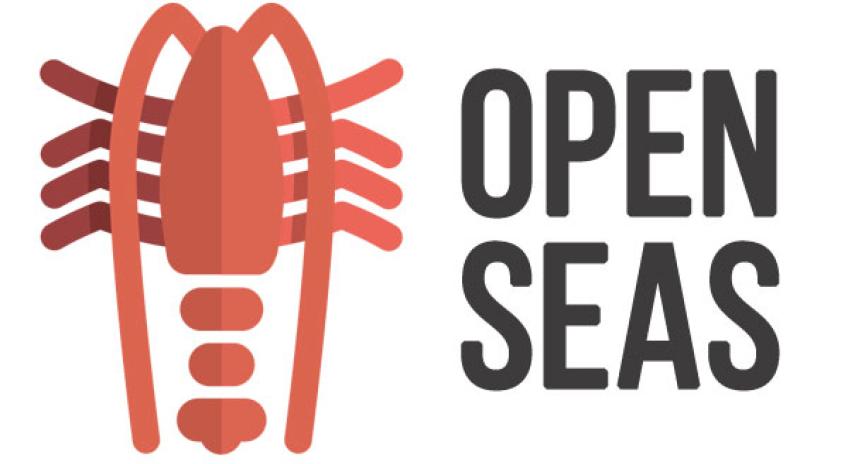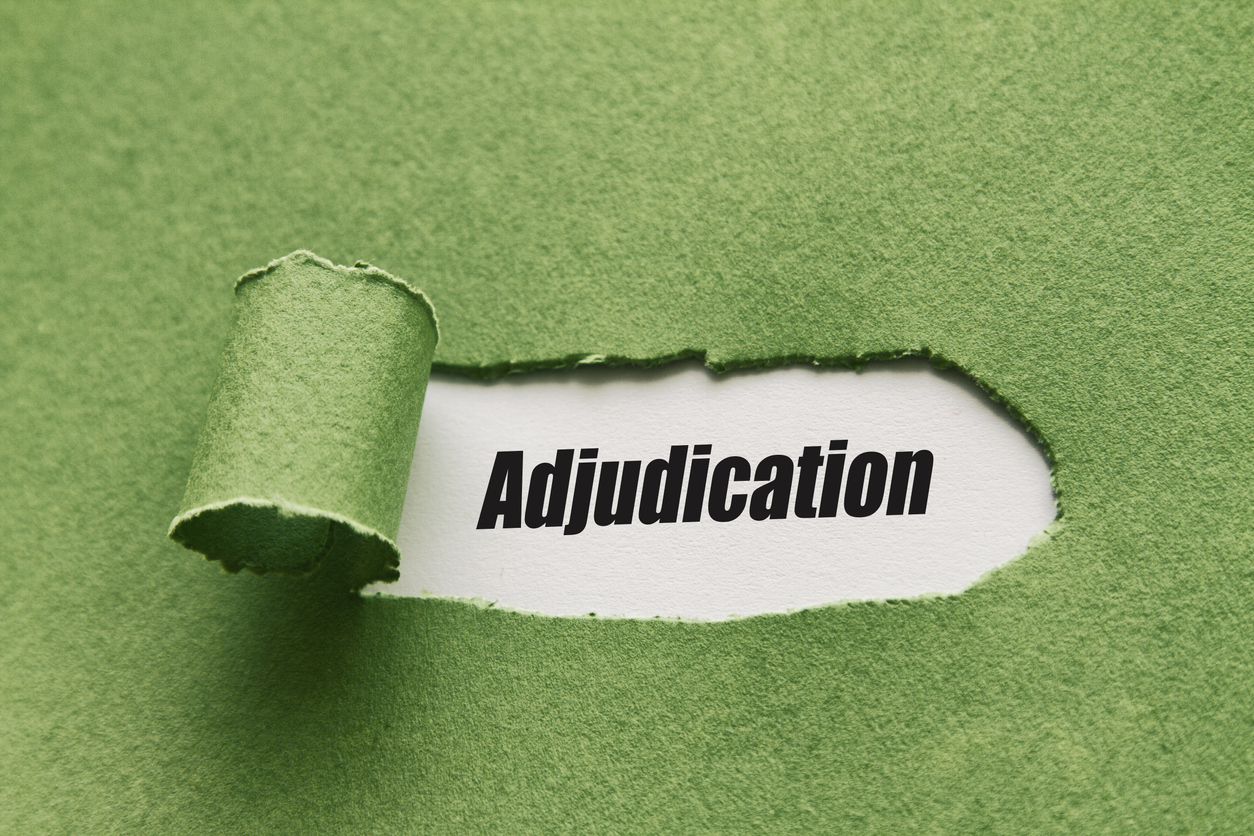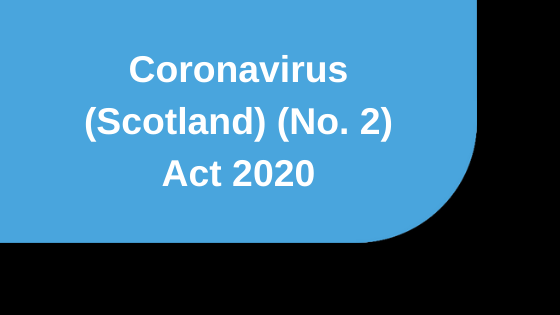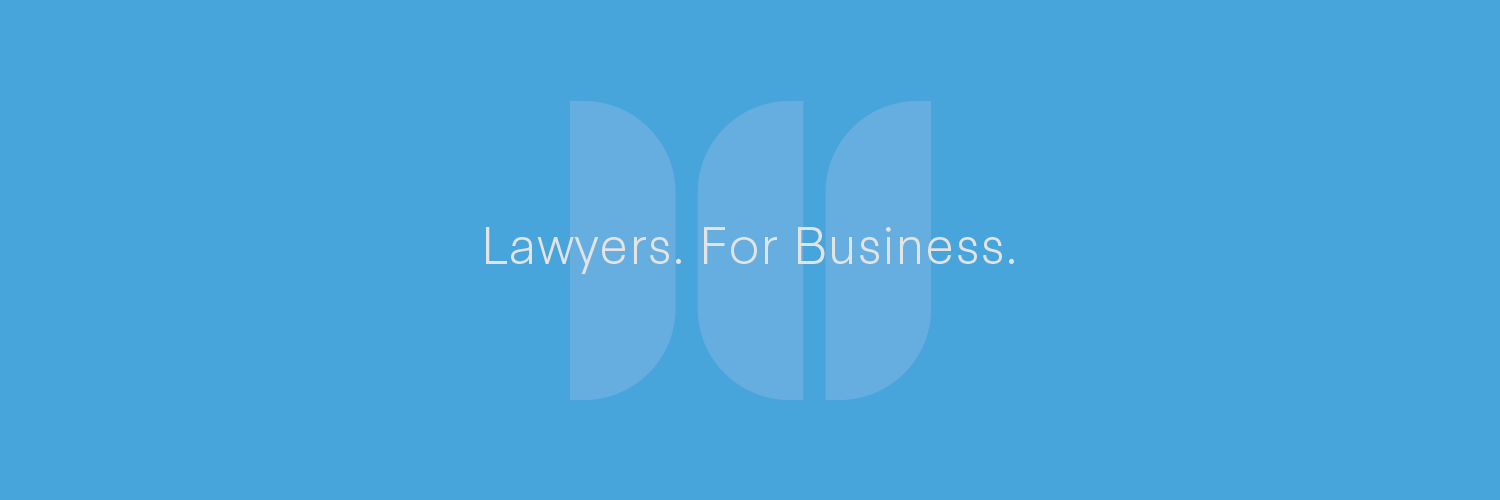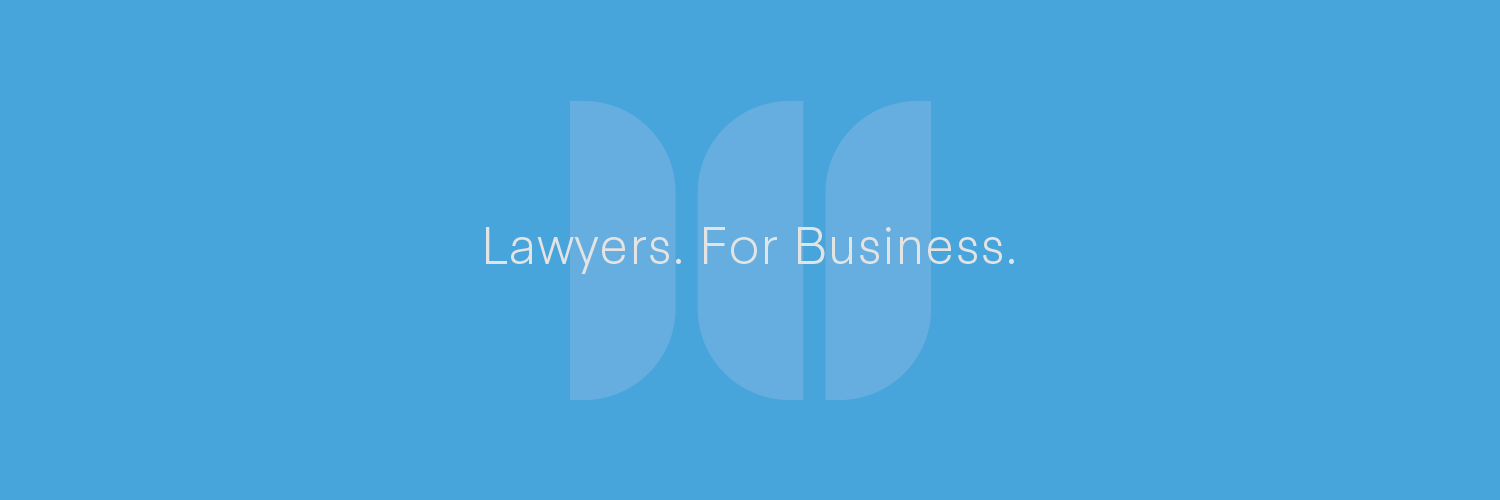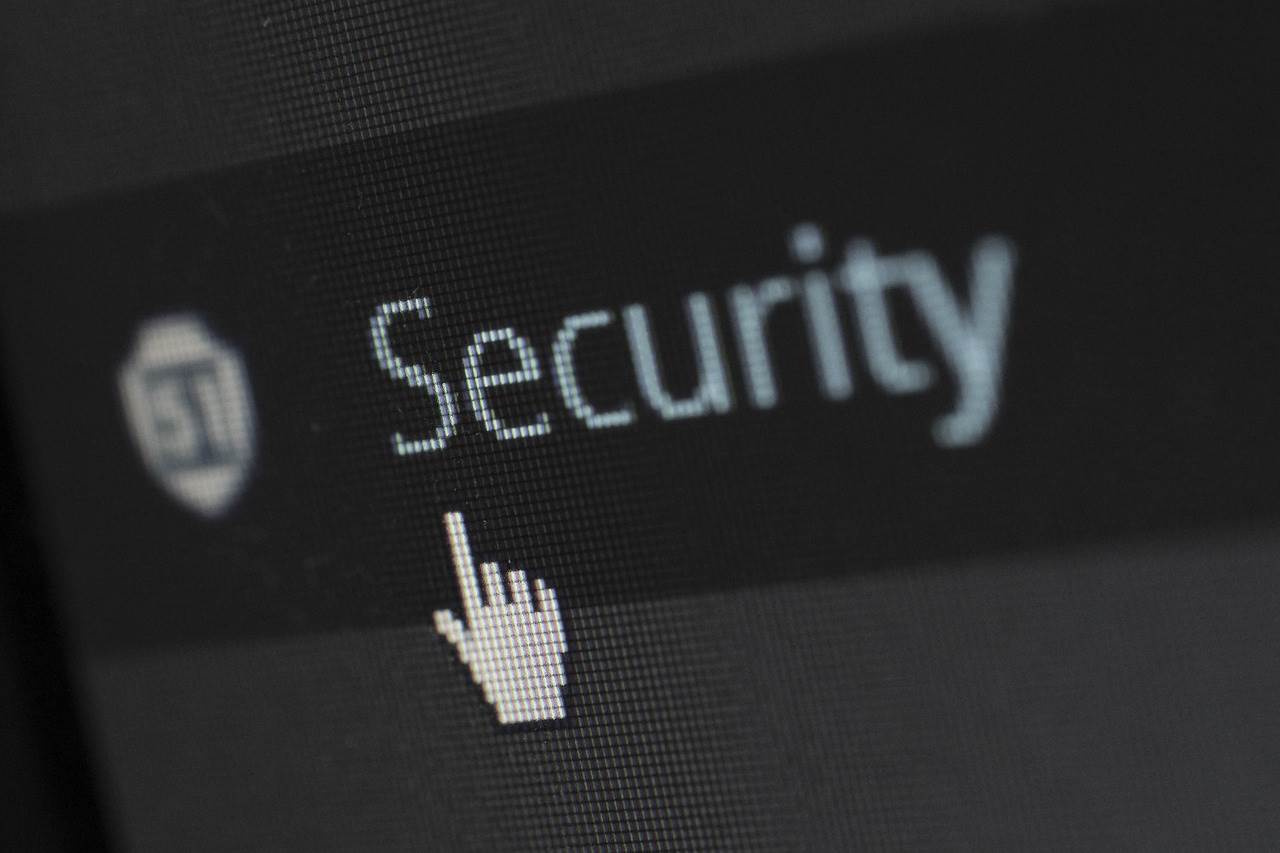
On a Frolic of One’s Own: The Fast-moving Area of Vicarious Liability
Date: 13/05/2020 | Data Protection & Information Law, Dispute Resolution, Employment & HR, Regulatory Law
Vicarious liability is a legal concept whereby B can be held liable for A’s wrongful conduct despite B having done nothing wrong.
Vicarious liability can only arise:
- in employment relationships; or
- other relationships sufficiently akin to employment relationships.
This concept has recently been clarified in two judgments of the UK Supreme Court.
Background
When a claim is based on vicarious liability, two principal questions arise:
- Is the relationship between A, the wrongdoer, and B, the person against whom vicarious liability is sought to be established, one that the law recognises can give rise to vicarious liability? (“The Nature of the Relationship”)
- If the answer to 1 is yes, was the wrongdoing of A so closely connected with acts that A was authorised to do by B that A’s acts might fairly and properly be regarded as done by A in the course of A’s employment or other work on behalf of B? (“The Closeness of the Connection”)
The Nature of the Relationship – the Barclays case
The classic case of when vicarious liability exists is when A is an employee of B and A’s wrongful conduct causes a third-party loss. However the concept has broadened so that other relationships akin to employment can lead to a successful claim on the basis of vicarious liability.
A question arises here: how far the “akin the employment relationship” category can stretch? Consider circumstances in which an independent contractor (B) carries out work for A and ends up harming C, an employee of A: can A be held “vicariously liable” for the wrongful actions of B towards C?
The answer is “no”, according to the recent decision of the UK Supreme Court, which confirmed that there is a distinction between employees and independent contractors. This means, in the case of the latter, that there is no relationship akin to employment (Barclays Bank Plc v Various Claimants [2012] UKSC 13).
In Barclays, the issue was whether Barclays could be vicariously liable for historic sexual assaults carried out by a doctor when assessing 126 Barclays’ job applicants.
The doctor was a self-employed medical practitioner and his work included conducting medical assessments and examinations of prospective Barclays employees which were required by Barclays. The bank arranged the appointments and the doctor was paid a fee for each report; Barclays did not pay him a retainer. The doctor conducted the (unchaperoned) medical examinations in a consulting room at his home and it is alleged that the doctor sexually assaulted the 126 claimants in this group action during their medical examinations and after the doctor died in 2009, the claimants sought damages from Barclays.
The UK Supreme Court held that Barclays could not be vicariously liable for the actions of the doctor, as he was an independent contractor, in business on his own account.
From the court’s decision, here are some of the key questions to consider in assessing the risk profile of a relationship between a company and third parties that are carrying out work for it:
- Is the work being carried out an integrated part of the company or is it attributable to the conduct of a recognisable independent business of the wrongdoer or another person?
- Is the work a result of the delegating of the activity by the company?
- Does the company have control about how the work is being undertaken/is the work being undertaken on behalf of the company?
- Does the relationship between the company and third parties generally have a closeness to employment (compared with a relationship of independent contractor)?
- Does the third party have any obligation to accept work from the company?
By way of contrast, if a company enlists volunteers to help for a particular event and a volunteer causes loss to a third party during that event, then that is a non-employment relationship which is highly likely to be considered a relationship “akin to employment” and give rise to vicarious liability.
The Closeness of Connection – the Morrison’s case
If a relationship akin to employment exists, as discussed above, the second stage of the enquiry is to ask: is there a closeness of connection between (a) the individual’s field of activities entrusted to them by the company; and (b) the wrongful conduct of the individual, such that it would be fair and proper to regard the wrongdoing as being carried out whilst acting in the ordinary course of employment? This was the same test we looked at in the decision about the vicarious liability of an employer following a fight at a Christmas party in Bellman v Northampton Recruitment Limited.
It is now clear from the UK Supreme Court’s judgment in Wm Morrison Supermarket PLC v Various Claimants [2020] UKSC 12 that the wrongdoer’s motive can be relevant when determining if vicarious liability is to be imposed at this second stage. The question will be whether the individual was acting (albeit misguidedly) in the furtherance of the company’s business or whether the individual was on a “frolic of their own”.
In this case a disgruntled Morrison’s employee posted the personal data of over 100,000 Morrison’s employees to a publicly available website in order to ‘take revenge’ against his employer. He was caught pretty quickly and ended up serving an eight year prison sentence. But 9,000 of the Morrison’s employees affected raised a claim against Morrisons for the distress they suffered when their personal data was made public.
If the individual is on a “frolic of their own”, it is highly likely that vicarious liability will not be established. Motive of the wrongdoer is therefore highly relevant to the determination of whether or not a close connection exists, resulting in the imposition of vicarious liability. Clearly this is a desirable outcome: if motive was not relevant, an aggrieved employee (for example) could intentionally cause loss with a view to making his employer vicariously liable for his actions.
Actions against an organisation on the basis of vicarious liability will often be high-profile, as these cases against Barclays Bank and Wm Morrison were, and they can severely damage the reputation of established organisations. Our Dispute Resolution team are well-placed to advise on the substantive and procedural issues that arise when an action is raised on the basis of vicarious liability.




